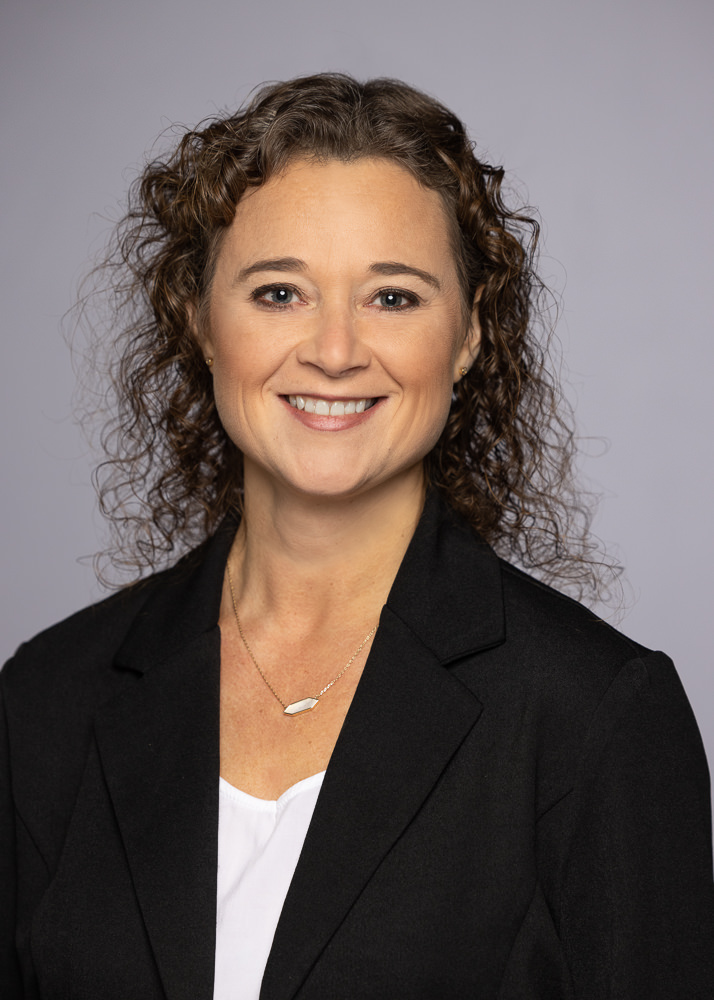 Career ladders and career paths are not a new concept, but there are new and exciting innovations that come from building your own assisted living career ladder. This is exciting news and something assisted living providers should consider, especially in this time when staff development is so critical.
Career ladders and career paths are not a new concept, but there are new and exciting innovations that come from building your own assisted living career ladder. This is exciting news and something assisted living providers should consider, especially in this time when staff development is so critical.
Career ladders and career paths don’t have to be complex, and there are resources, such as the 2024 LTC Workforce Webinar Series, available to help. Setting the foundation for a career ladder might include:
- Defining the career ladder or the career path.
- Describing the benefits and value of career ladder or career path.
- Updating or identifying the organizational chart.
- Defining job positions and opportunities.
- Road mapping the skills needed for each position.
- Identifying training needed to achieve the next level in the career ladder or career path.
- Creating the training or developing the program to build skills.
- Mapping the employee’s career ladder or career path based on their individual goals.
- Helping the employee achieve success in advancing their career or re-evaluating what is needed next to accomplish their goals.
A Career Ladder in Action
In an interview with Angie Mastin, a registered nurse, and licensed assisted living director (LALD), from Monarch Healthcare Management in Minnesota, Mastin provided an insider’s scoop into the organization’s career ladder program. In fact, she is a perfect example of Monarch’s career ladder program at its finest.
Mastin joined Monarch in 2016 as an LPN care coordinator. She admits that she was “very green” in the assisted living world, but “[my mentor] Leesa Gilman must have seen something in me because she guided me to be a better leader and to always want to do better,” said Mastin.
After receiving guidance and encouragement to follow a Monarch Healthcare Management career ladder, Mastin returned to school and received her RN degree. She is now the executive director of assisted living communities for Monarch.
When asked what makes the Monarch Healthcare Management career ladder program stand out, Mastin said, “Monarch promotes and encourages promotion from within the organization, recognizing early on individuals that seek that drive and passion to truly blossom and then invest in them.” Mastin recounts her mentor’s words to “build a team, set the foundation, and then get out of their way.”
When asked what has been the most successful in employee retention and growth within the organization, Mastin replied, “…learning early on about the person behind the title, truly caring about the person, and ensuring that the employee knows that we care about them. If our employees are happy, our residents are happy and thrive.”
Evolving the Training Program
During one of the most challenging times for health care providers, COVID-19, Monarch embraced a new training program not only for the leadership team but also every employee. Monarch 2.0 became the updated version, starting with the executive leadership team who visited each building making sure that employees felt valued, heard, and made an integral part of the innovation.
Monarch 2.0 is not about a daily core value and another acronym to remember, but rather a program by which to live and work. Mastin confirmed, “…daily, this core value is shared with all staff and then brought up again in the morning meeting and throughout the day.”
“This has changed the thought process of working a job and turned into working a career to better enrich the lives of the residents that chose to live in one of our communities,” Mastin said.
Monarch 2.0 is about the constant evolution of processes and procedures as a result of listening to its employees. Licensure changes within the state of Minnesota led facilities to prioritize the assisted living communities and legitimize them, leading to a diverse leadership role as a licensed assisted living director (LALD). Monarch seized the opportunity and identified shining team members. The organization provided training and assistance with obtaining personal licensure to these team members, along with guidance and support along the way.
Integrating New Technology
While Monarch may be a young company, its leadership’s mindset is focused on seeking opportunities. Monarch 2.0 was launched in early 2022 and has since evolved to enhancements of processes, including AI and robots. One such example came in the form of implementing technological systems for real time charting, which reduced the documentation strain on employees.
The Monarch team noted, “…we engage our residents in never before utilized techniques, such as activities and programs led by robots. We use AI on our Monarch website to engage prospective employees by answering questions from Morgan, the AI program, to pique the interest of potential employees who window shop.”
Monarch has found that this has quickly converted them from prospective employees to a hired employee in less than 24 business hours. “Employees are engaged because they know that we are on the forefront of technology and advancements within the long term care community.”
Retention Is Cost Effective
The question that immediately came to mind was “this program, Monarch 2.0, must have cost the organization a small fortune.” Turns out, this was not the case at all.
Mastin notes, “Employee retention is much cheaper than employee recruitment, and Monarch has figured that out. We hype up our current employees, and that energy creates amazing word of mouth advertising driving up our applications within our communities. When Monarch was first created, Gilman created the statement #noALleftbehind, and that is what the team of Monarch lives by every day.”
Mastin continues to demonstrate her passion for this effort, stating, “I am driven to ensure that Monarch is a household name and the first place thought of when families are looking for proper placement for their loved ones. I keep that in mind, and I realize that I am here for so much more than myself. I am here for the teams that I support and the residents that rely on them day in and day out.”
She continued, “This is what sets Monarch apart by continuing to grow and evolve daily. Our team members are driven by passion, and they know that they are a person, not a badge number. They come to work each day feeling supported and are engaged in our residents’ care. Our residents smile more and feel like they are part of the community. Take care of your team members and they will take care of your residents.”
 This important process starts with identifying your most important customers, the ones who will care for your residents. Take care of the employees, and they will pay it forward and care for your residents. Identify the shining stars and give them the training and support that they need to make an impact on others.
This important process starts with identifying your most important customers, the ones who will care for your residents. Take care of the employees, and they will pay it forward and care for your residents. Identify the shining stars and give them the training and support that they need to make an impact on others.
Then, get out of their way so that they can continue to encourage others to do the same.
Pamela Truscott is the director of quality improvement with the National Center for Assisted Living (NCAL) and joined the AHCA/NCAL family in 2019. She has over 25 years of long term care experience and shares a passion for growing education and cultivating new leaders in long term care. She received a doctor of nursing practice degree with a focus on health care systems leadership and a master of science in nursing degree with a focus in nursing education.